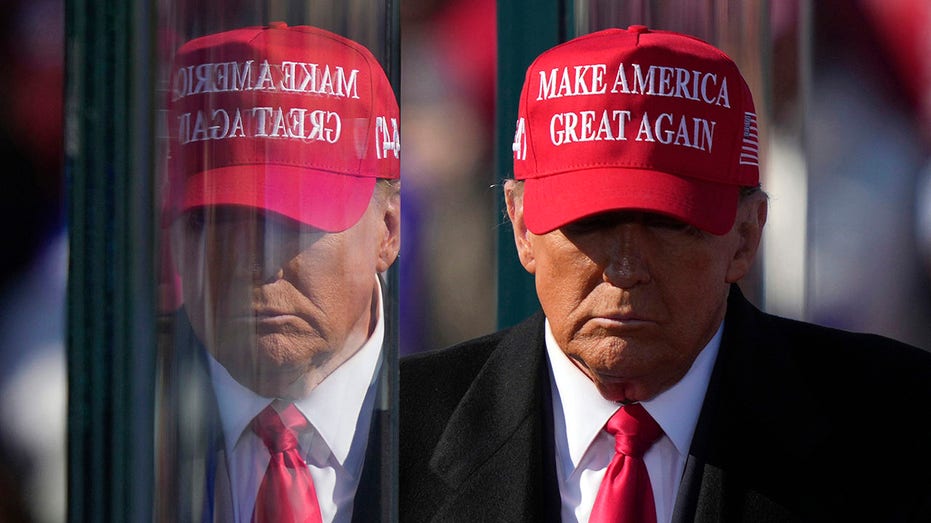A chilling question hangs in the air after a recent courtroom drama: where is the line between protected speech and criminal incitement? A jury delivered a stunning acquittal to Peter Stinson, a former Coast Guard officer accused of soliciting violence against a former president, sparking a national debate about the boundaries of the First Amendment.
The case centered on Stinson’s disturbing online posts, filled with graphic fantasies of harm and explicit calls for someone to “take the shot.” He didn’t stop there, detailing violent acts he’d personally commit, even offering to contribute financially to a potential assassination. These weren’t whispered sentiments; they were boldly proclaimed on social media platforms.
Yet, the jury found insufficient evidence to convict him of solicitation. The core issue, experts explained, wasn’t the disturbing nature of the posts, but the lack of a direct link to any concrete plan or attempt to carry out the violence. Simply expressing a desire for harm, however visceral, doesn’t automatically equate to a criminal act.
Defense witnesses testified that such expressions, while unsettling, are surprisingly common online, particularly during periods of intense political polarization. One professor noted the existence of online communities dedicated to tracking a public figure’s potential demise, highlighting the prevalence of dark sentiments in the digital age.
This acquittal arrives at a particularly fraught moment. Political violence has surged in recent years, from the attempted assassination of a Supreme Court justice to the January 6th insurrection and the tragic murder of a conservative activist. Each incident fuels anxieties about the escalating rhetoric and the potential for words to translate into deadly action.
The case of the man who threatened Justice Kavanaugh revealed a disturbing pattern: online searches for mass shootings, discussions of violence in online chats, and a physical presence at the justice’s home, armed and ready. Another individual livestreamed himself near a former president’s residence, claiming to be preparing a detonator, further illustrating the real-world consequences of online extremism.
Legal scholars point to a landmark 1969 Supreme Court case as a guiding principle. The court ruled that political hyperbole, even when inflammatory, is protected speech. The justices acknowledged that the language of politics is often “vituperative, abusive, and inexact,” and drawing a line requires distinguishing genuine threats from protected expression.
Prosecutors in Stinson’s case attempted to argue that his violent rhetoric, combined with his self-identification as an Antifa member, crossed the line into criminal solicitation. However, they failed to convince the jury that his words amounted to more than disturbing, albeit protected, bluster.
The challenge lies in proving “incitement,” which requires demonstrating a direct connection between the speech and an imminent unlawful act. Simply advocating for violence isn’t enough; there must be a clear and present danger that the words will trigger immediate action. The legal system grapples with this delicate balance, striving to protect free speech while safeguarding against genuine threats.
The Stinson case serves as a stark reminder of the complexities inherent in policing the boundaries of free expression in the digital age. It forces a critical examination of where the line lies between protected speech and the incitement of violence, a question that will undoubtedly continue to be debated in courtrooms and public forums for years to come.






